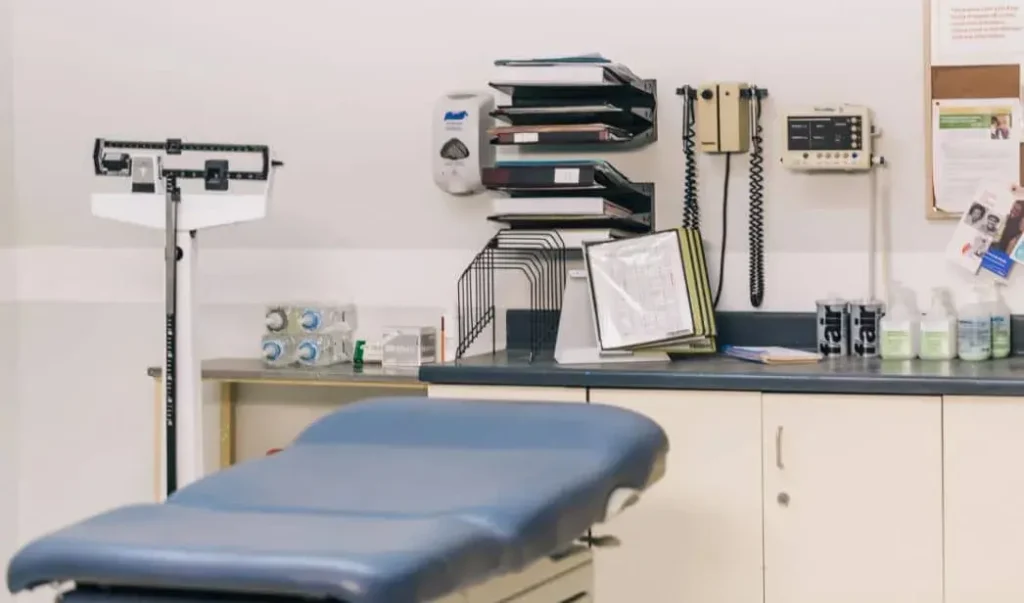In the competitive landscape of New York City’s healthcare sector, selecting a medical office space with the right amenities is pivotal. Beyond the basic criteria of location and cost, discerning healthcare providers should consider technologically advanced facilities equipped with state-of-the-art electronic health records and high-speed internet. Additionally, security measures such as biometric scanners play an essential role in safeguarding patient information. The design of waiting areas and compliance with ADA standards also significantly impact patient satisfaction and accessibility. As the demand for more integrated and patient-centric healthcare facilities rises, understanding which amenities align best with contemporary medical practices becomes increasingly critical. What other factors might influence the choice of medical office space in such a dynamic urban environment?
Essential Technology Features
In today’s digital age, state-of-the-art technology features are integral to the functionality and efficiency of medical office spaces in NYC. Advanced electronic health record (EHR) systems are foundational, enabling seamless patient data management and communication across departments.
High-speed internet connections are crucial not only for the operation of EHRs but also for telemedicine capabilities which connect patients and doctors virtually, enhancing accessibility and engagement.
Furthermore, integrated security systems, including biometric scanners, ensure the safety of sensitive information, fostering a trusted environment. By investing in robust IT support and infrastructure, medical offices can anticipate fewer operational disruptions, leading to greater reliability and community confidence in their healthcare services.
These technological integrations form the backbone of a modern medical facility, underscoring a commitment to excellence and patient-centered care.
Patient Comfort and Accessibility
Patient comfort and accessibility are paramount in designing medical office spaces in NYC, ensuring that all individuals receive care in an environment that supports their physical and emotional well-being. Effective designs integrate seamless access for all patients, including those with disabilities, with features like wide corridors, ramps, and elevators.
Waiting areas should offer comfortable seating and a calming atmosphere to ease anxiety and stress. The layout must also consider the ease of movement between different areas such as reception, examination rooms, and restrooms.
Attention to such details not only complies with ADA regulations but also fosters a sense of inclusion and care, reinforcing the belief that health is a universal right, not a privilege. This approach enhances the overall patient experience and satisfaction.
Learn more:
Common Mistakes to Avoid When Leasing Medical Office Space NYC

